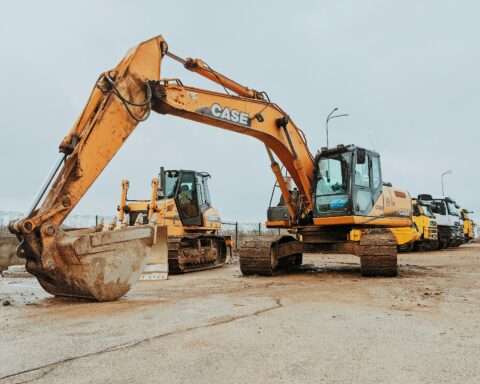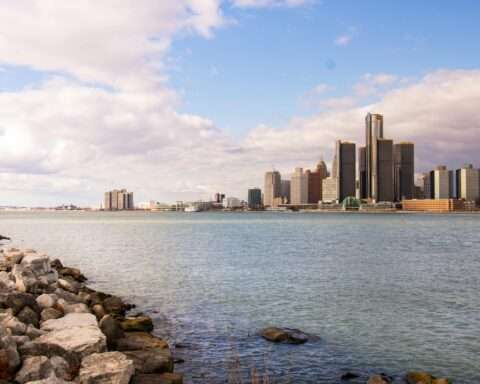The U.S. Department of Transportation (USDOT) has released a report detailing its strategies and actions to decarbonize the transportation industry and achieve net-zero greenhouse gas (GHG) emissions by 2050.
The transportation sector produces the largest portion of the United States’ GHG emissions out of all industry, accounting for approximately 33% of all emissions. GHG emissions are the biggest contributors to climate change, with expected rising temperatures, sea level rise and extreme weather resulting in trillions of dollars in damage and growth potential for the nation’s foreseeable future.
The impending damage caused by climate change spurred USDOT to develop a report containing the agency’s plans to rapidly reduce GHG emissions and reduce the nation’s carbon footprint. Under the United Nations Paris Agreement, the United States has set a series of GHG emissions reduction targets to mitigate climate change. These goals include:
- Reducing GHG emissions by at least 50% below 2005 levels by 2030 across all sectors.
- Achieving 100% carbon pollution-free electricity by 2035.
- Attaining net-zero emissions across the nation by no later than 2050.
The United States has seen some success in reducing GHG emissions between 2005 and 2021 due to investments in renewable energy and reductions in CO2 intensive electricity generation. However, transmission emissions have only fallen by 8.5% in that time, making it impossible to reach the goals set out by the Paris Agreement by their deadlines at the current rate.
To achieve these milestones, USDOT outlined three primary strategies in the Blueprint for Transportation Decarbonization to guide the nation’s actions for combatting climate change and mitigating GHG emissions in the transportation sector.
- Reduce the total amount of travel distance and volume.
- Reduce the amount of energy expended per mile traveled.
- Minimize the carbon intensity of fuels used to generate that energy.
Reducing travel distance and volume equates to increasing the convenience of travel. This includes community design and land-use planning at local and regional levels to make job centers, shopping, schools, entertainment and critical services accessible. By investing in transit-oriented development, the nation can reduce commutes, improve walkability and bikability and improve quality of life.
In order to reduce how much energy is expended to travel, USDOT highlights investing in public transit and passenger rails. Energy-efficient transportation systems reduce dependency on fossil-fuel powered vehicles. In addition, advancing vehicular energy efficiency to raise fuel economy standards also contributes to reducing energy expenditure.
Replacing fossil-fuel vehicles – such as light-duty vehicles, commercial trucks, buses, aircraft and maritime vessels – with zero-emission alternatives will help the nation transition to cleaner options. Plans include adopting electric vehicles (EVs) that run on renewable electric energy and expanding the supply chain and workforce to produce and maintain these vehicles. USDOT will also develop a nationwide EV charging infrastructure to support the shift to zero-emission vehicles.












